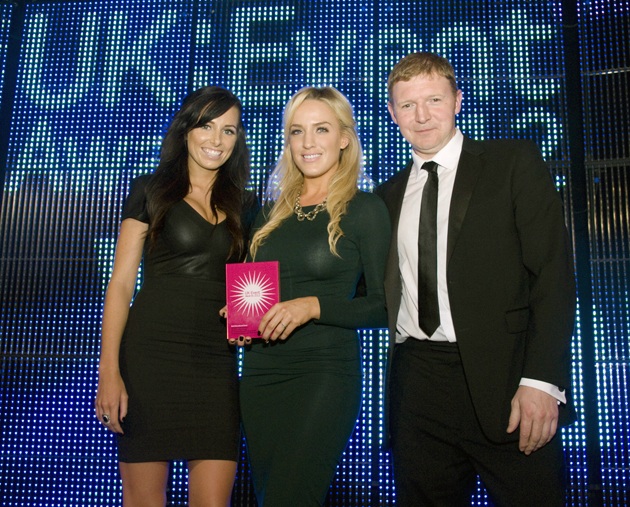
Pension planning
For most taxpayers, the maximum pension contribution is £40,000 each tax year, although this depends on your earnings. This limit covers both contributions by the individual and their employer.
The unused allowance for a particular tax year may be carried forward for three years and can be added to the relief for the current year, but then lapses if unused. For higher rate taxpayers the net cost of saving £10,000 in a pension is only £6,000, but beware – this higher rate relief may not last forever.
Passing on the family home
New Inheritance Tax (IHT) rules for passing on the family home started on 6th April 2017. This new relief should be taken into consideration when drafting your Will. We often work with solicitors to make sure Wills held by our clients are tax efficient.
From 6th April 2017, an additional nil rate band of £100,000 has been available on death where your residence is left to direct descendants. This is in addition to the normal £325,000 nil rate band and will increase over the next four years to £175,000 in 2020. This additional relief is restricted if your assets exceed £2 million. These rules are fairly complicated but we are happy to review your personal circumstances to ensure that you take advantage of all the relief that you are entitled to.
What about downsizing to a smaller property?
The new IHT relief for passing on the family home is protected even when you downsize to a smaller property. For example, if a married couple currently live in a large house worth £500,000 and downsize to a flat worth £250,000, they could give away some of the proceeds during their lifetime and yet still benefit from IHT relief based on the higher valued property. You can even sell up completely and move into a rental property and still get the IHT relief! Always take advice though before committing yourself just in case something has changed.
Consider making regular gifts out of surplus income
Staying on the subject of IHT planning, why not consider setting up a standing order to family members? Such regular gifts can be outside of the scope of IHT provided they are made out of surplus income and not out of capital. You would need to be sure that you are left with sufficient income after tax and living expenses to maintain your normal lifestyle to take advantage of this opportunity. Unlike the £3,000 annual IHT allowance, there is no monetary limit for regular gifts out of income, provided the conditions are satisfied – again, take advice before you commit.
Tax relief for energy saving technology
For a number of years, there has been a generous 100% tax break for businesses that install energy saving technology in their premises. This is in addition to the £200,000 annual investment allowance for plant and machinery.
The technology that qualifies for this 100% tax break includes energy efficient boilers and energy saving lighting systems. This is set out in the government’s energy-saving technology list which is updated each year. It was announced in the Autumn Budget that new technologies were being added, but also certain items such as Biomass fired warm air heaters would no longer qualify from 1st April 2018.
Where the expenditure has the effect of creating or increasing a loss for Corporation Tax purposes, the company can obtain a repayable first-year tax credit. This credit, based on the amount of the loss attributable to the energy-saving technology spend, reduces to 2/3 of the Corporation Tax rate from 1st April 2018 – so, the relief reduces from 19% to just 12.67% from 1st April 2018.
Relief from additional 3% SDLT charge
Much of the focus in the Autumn Budget on Stamp Duty Land Tax (SDLT) concerned the abolition of the duty for first-time buyers of property up to the value of £300,000.
There was also welcome news for those involved in property transfers. Usually, a 3% supplementary SDLT charge can apply when an interest in a second property is acquired. However, this charge will now not apply in certain situations. Examples include where a court order on a divorce or dissolution of a civil partnership prevents someone from disposing of their interest in a main residence, or if one spouse buys property from the other spouse.
No indexation of company gains after December 2017
Indexation allowance was introduced in the 1970s to provide relief from paying tax on inflationary gains based on increases in RPI. The relief was abolished in 1998 for individuals and trusts, and replaced with taper relief. However, it was retained for companies. The Autumn Budget announced that indexation for Corporation Tax would cease for disposals from January 2018 onwards, although indexation up to December 2017 would be retained.
Although the change will apply to all chargeable assets owned by companies, it will have a significant impact on property investment companies where indexation allowance acted as a shelter from inflationary gains – need more advice? Give us a call.
Download our Year End Tax Planning Guide
Our national tax team at MHA have worked together to create a handy Year End Tax Planning Guide. Our guide is for both individuals and companies, and summarises key tax and financial planning tips, including more information on the points above. You can download your free copy at www.carpenterbox.com/tax-planning-guide
As always, each individual’s circumstances are different, so a personal review should always be undertaken to ensure that the most suitable strategy is followed. For further advice on any of these topics, please call Andrew Neuman on 01293 227670 or email him at andrew.neuman@carpenterbox.com





